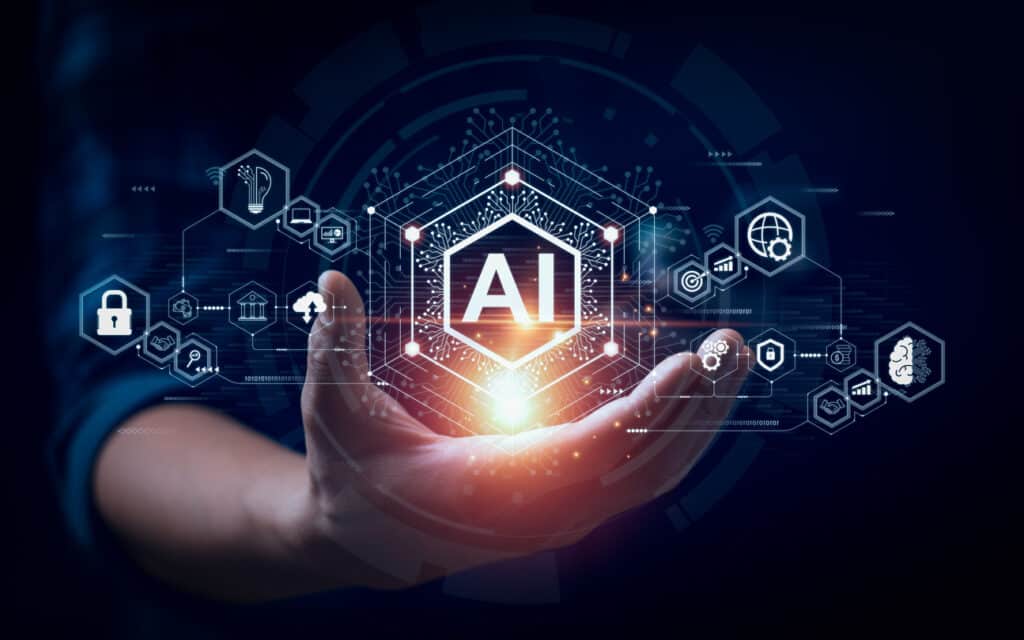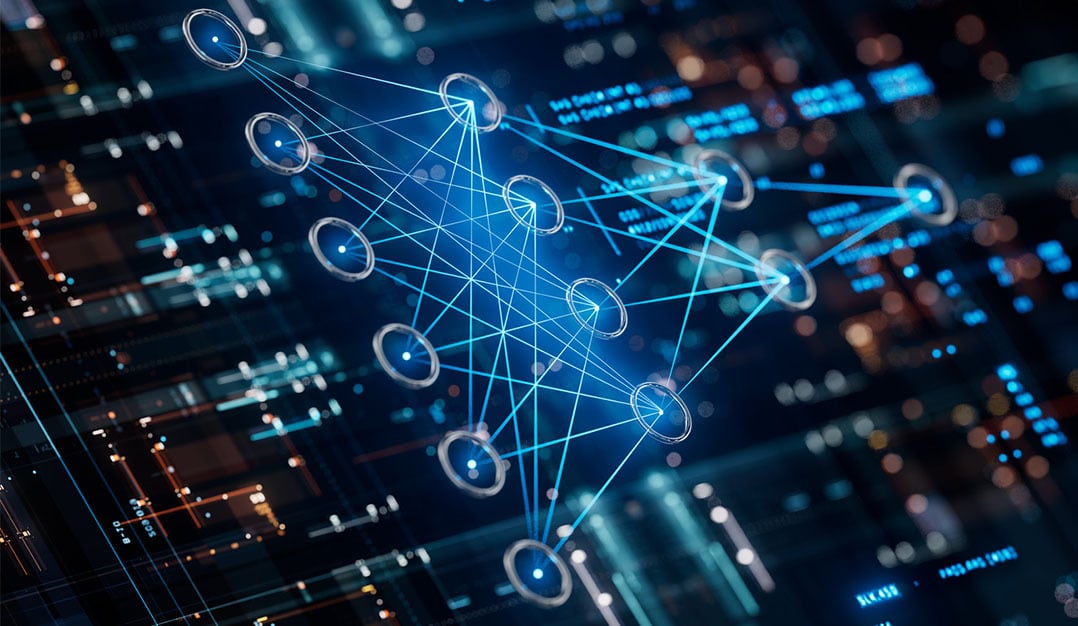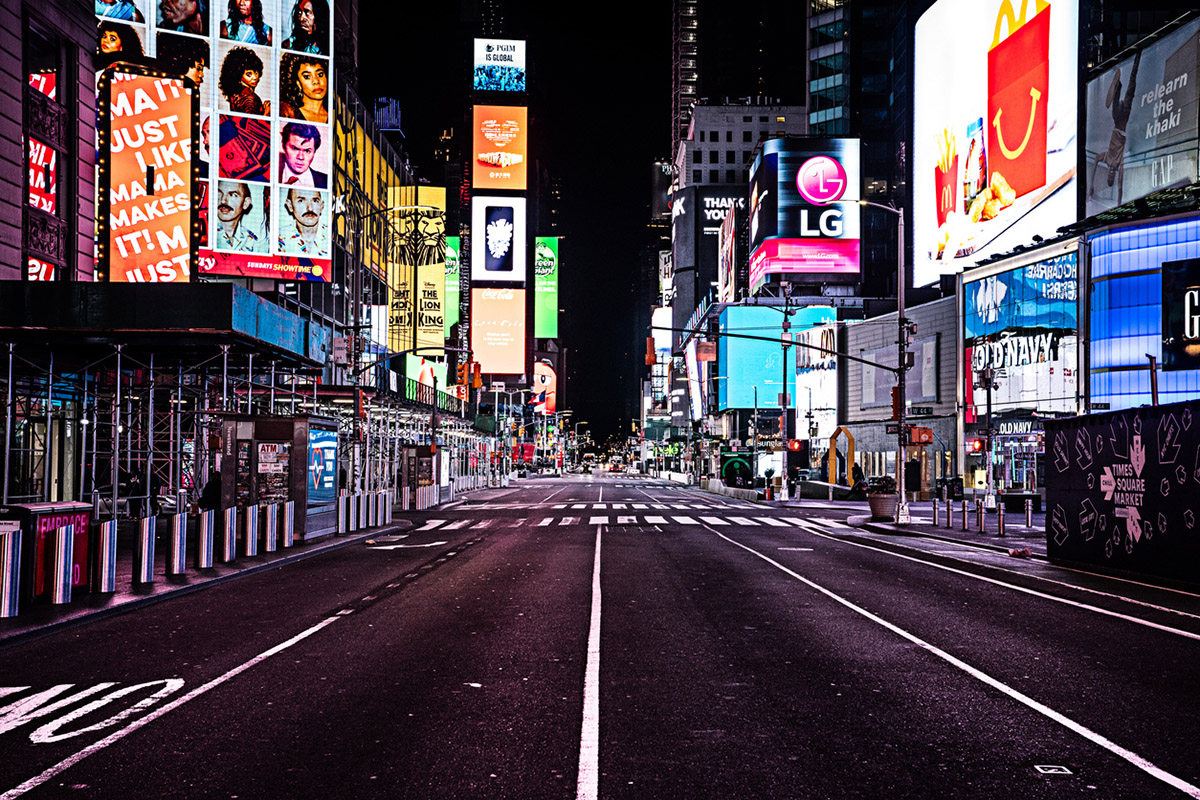Jun 12, 2025
—
As artificial intelligence continues to dominate headlines and industry conversations, confusion still lingers—especially around the relationship between artificial intelligence (AI) and machine learning (ML). Many people use the terms interchangeably, but they’re not the same. Understanding the difference is essential for advertisers and marketers looking to harness the right tools for performance-driven results. Here’s a…

As artificial intelligence continues to dominate headlines and industry conversations, confusion still lingers—especially around the relationship between artificial intelligence (AI) and machine learning (ML). Many people use the terms interchangeably, but they’re not the same. Understanding the difference is essential for advertisers and marketers looking to harness the right tools for performance-driven results.
Here’s a simple way to think about it: AI is the broader concept—like a tree—and machine learning is one of its strongest, most established branches. All machine learning is AI, but not all AI is machine learning. While AI seeks to mimic human intelligence, machine learning focuses specifically on using data to recognize patterns and make predictions.
In the second in our four-part series, we explore the origins and evolution of AI, clarify how machine learning fits into the picture, and break down their distinct yet complementary roles in modern advertising. Whether you’re navigating real-time bidding or testing generative creatives, understanding these technologies can help you make smarter, faster marketing decisions.
Artificial intelligence isn’t a futuristic novelty—it’s been decades in the making. AI’s roots trace back to the 1950s, when early computer programs were built to solve algebra equations and play checkers. In the same era, British mathematician Alan Turing introduced the concept of “thinking machines,” and computer scientist John McCarthy formally coined the term “artificial intelligence” at the Dartmouth Conference in 1956.
Throughout the following decades, breakthroughs steadily advanced the field. In the 1960s, ELIZA became the first chatbot to simulate human conversation. In 1997, IBM’s Deep Blue made history by defeating world chess champion Garry Kasparov, showcasing the growing power of AI in strategic decision-making.
AI entered the mainstream with the 2011 launch of Siri, ushering in voice-activated consumer applications. But it was 2022 that marked a major turning point—ChatGPT brought generative AI to the mainstream, enabling machines to create human-like text, imagery, and even code.
These milestones laid the foundation for how the advertising industry now uses it to automate, optimize, and personalize campaigns at scale.
Although artificial intelligence has existed for decades, its role in advertising has expanded significantly over the past twenty years. Early on, advertisers began using machine learning to analyze large volumes of user data, uncover behavioral patterns, and automate decision-making. This helped shift campaign strategy from manual guesswork to data-driven precision.
One of the most significant applications came with the rise of programmatic advertising. Machine learning algorithms became the foundation of real-time bidding, enabling automated ad buying and placement. These systems evaluate user signals in milliseconds—such as location, device, browsing behavior, and past engagement—to determine the right ad for the right user at the right price.
Today, machine learning powers essential functions like audience segmentation, bid optimization, lookalike modeling, frequency capping, and predictive analytics. AI helps advertisers allocate budgets more efficiently and boost performance across channels.
But AI’s impact no longer stops at optimization. With the rise of generative AI, creativity is now in the spotlight. Advanced models can generate personalized copy, headlines, visuals, and even campaign concepts tailored to audience segments. This adds a new layer of speed, scale, and experimentation to the creative process.
What was once a behind-the-scenes engine is now becoming a front-facing force across ad strategy, creative and media planning. As AI evolves, it’s reshaping every phase of the workflow—from briefing to reporting—enhancing both efficiency and creative potential.
If artificial intelligence has quietly powered advertising systems for years, why is it suddenly dominating headlines and boardroom conversations? The answer lies in its more recent development: generative AI.
Unlike traditional applications that analyze data and make decisions, like optimizing ad bids or targeting audiences, generative AI can create net-new content. Think: ad copy, headlines, images, even video, all tailored to specific user segments or campaign goals. This evolution has transformed AI from a behind-the-scenes engine into a creative and strategic partner.
To clarify the hierarchy:
The release of tools like ChatGPT and DALL·E in 2022 captured the public’s imagination and accelerated innovation across industries. For advertisers, these tools offer new ways to scale creative testing, streamline production, and respond in real time to audience behaviors.
In short, while AI technology isn’t new—the shift to generative AI is making it feel revolutionary.
While artificial intelligence is a broad field, the real impact in ad tech comes from how its subsets—machine learning and generative AI—are applied day to day. Understanding the difference between the two is essential for marketers evaluating new tools and technologies.
Machine learning has powered digital advertising for over a decade. It’s behind many of the optimizations that have become industry standard. By analyzing vast datasets—such as browsing history, location, or past purchase behavior—ML models help refine audience targeting with precision. These insights fuel segmentation strategies that improve engagement and reduce wasted spend.
Another cornerstone of ML in advertising is real-time bidding (RTB). In programmatic environments, ML algorithms predict the likelihood of a user clicking or converting, and adjust bids accordingly. This data-driven decision-making maximizes ROI at scale. ML also enables personalized recommendations, serving users ads for products or services aligned with their interests and previous interactions.
Generative AI, on the other hand, is changing what advertisers can create—not just how they optimize. Instead of analyzing existing data to predict outcomes, generative models use what they’ve learned to produce entirely new content.
With dynamic personalization, for example, generative tools adapt ad copy on the fly, adjusting tone, language, and messaging to resonate with individual users.
Predictive trend forecasting is another innovation. Trained on social media, reviews, and behavioral data, these models anticipate what consumers will care about next—giving advertisers a creative and competitive edge.
Automated content creation is streamlining creative workflows. From generating hundreds of ad variations to developing visuals and headlines, generative AI makes it faster and easier to test and scale campaign assets.
Together, ML and GenAI are reshaping how digital campaigns are built, optimized, and delivered.
Artificial intelligence has quietly supported advertising for years, especially through machine learning. What’s different now is how visible—and powerful—AI has become thanks to the rise of generative tools. From ChatGPT to image generators, public-facing demos have sparked widespread interest and adoption.
This surge is fueled by bigger, faster models, improved infrastructure, and tools that make AI accessible even to non-technical users. Today’s marketers can automate creative development, refine targeting, and test campaigns faster than ever before.
As the technology continues to evolve, expect deeper personalization, more predictive insights, and faster, data-driven decisions across channels.
Up next in our series: We’ll break down common myths around AI in advertising—what it can really do, where the limits are, and how to separate hype from real value. Want to stay ahead of the curve in ad tech? Subscribe to our trends & insights newsletter for the latest on emerging technologies, industry updates, and expert analysis—delivered straight to your inbox.
Related Posts

For decades, reach and frequency were the industry’s gold standard for understanding audience exposure in television advertising. In the.

In the constantly evolving digital advertising landscape, agility and flexibility are paramount. As agencies and advertisers look to maximize.

When COVID-19 upended the world in early 2020, the ripple effects were swift and far-reaching across every industry, and.